-
Posts
1,782 -
Joined
-
Last visited
Content Type
Profiles
Forums
Blogs
Gallery
Events
Store
Posts posted by Bob Lyons
-
-
Very nice Robin, I remember visiting the only A7V survivor in the Brisbane Science Museum some years back, nice to know
that it survived the scrap yard, and is now a very rare Panzer indeed.
Bob
0 -
I love the heavy embroidery that has gone into the making of this vehicle pennant.
Sadly no history with the pennant, just a nice remnant from a dark past.....
Bob
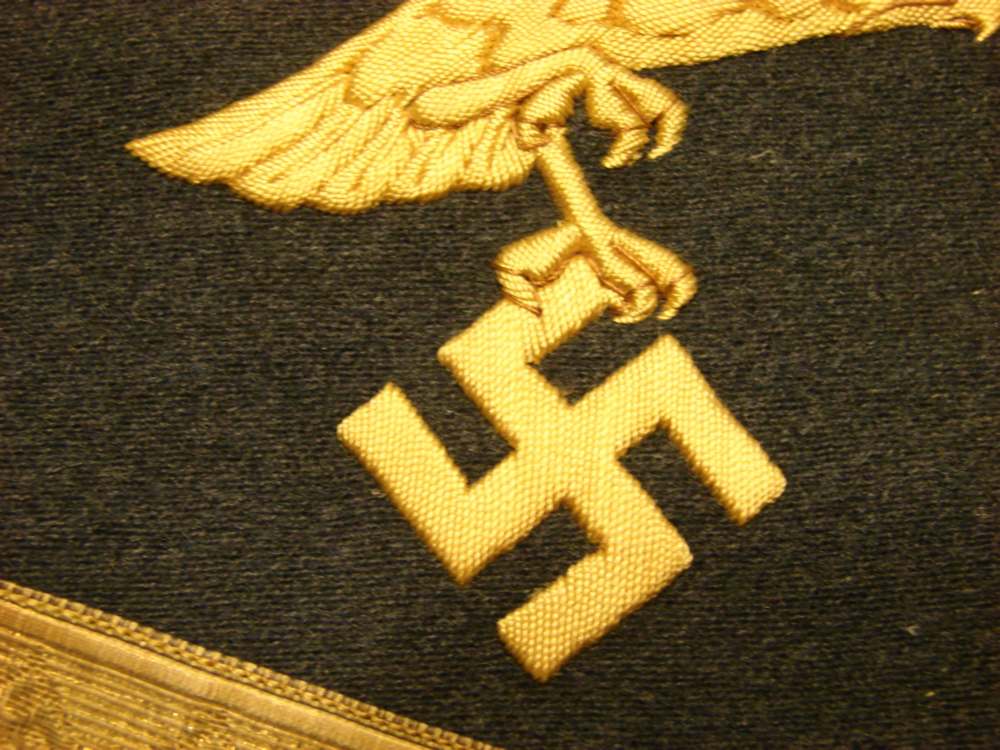
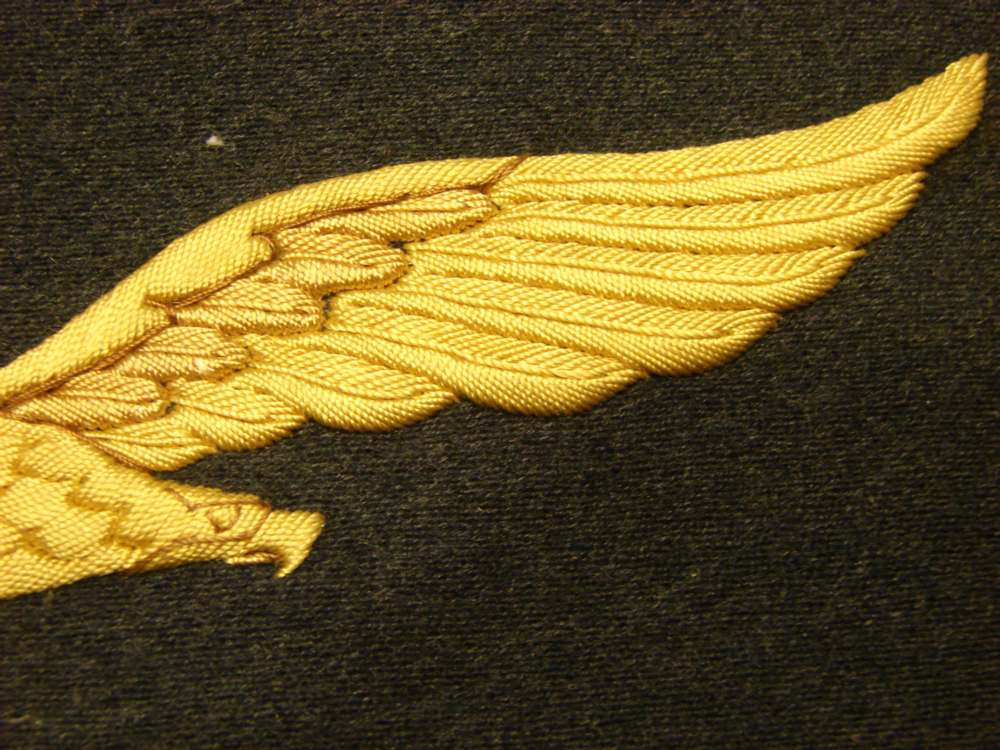

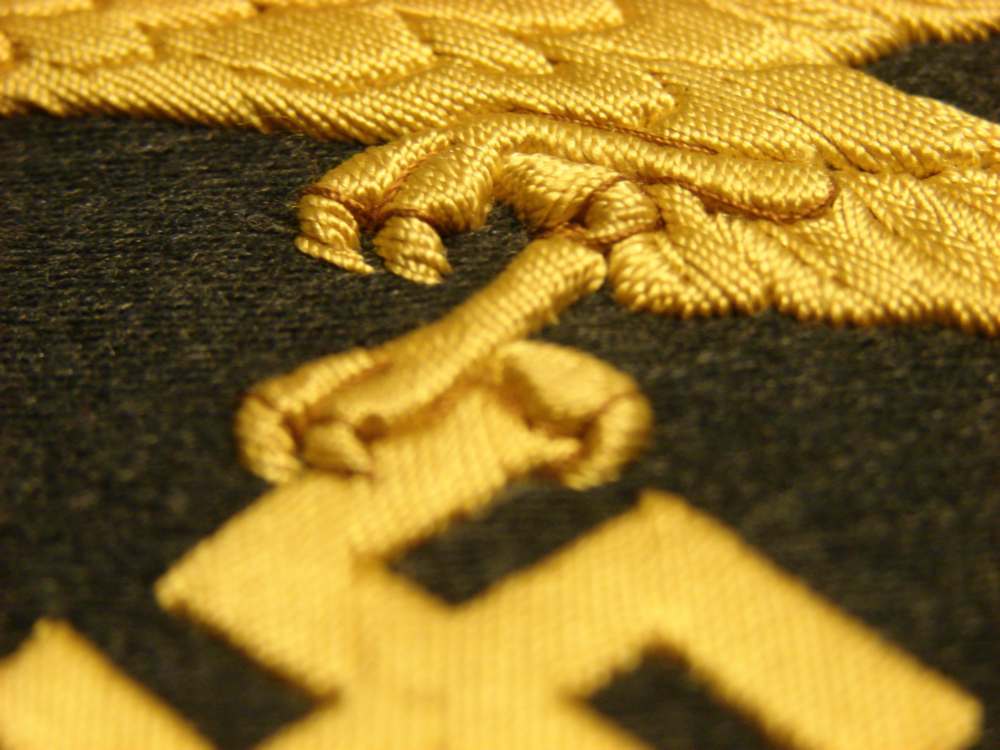
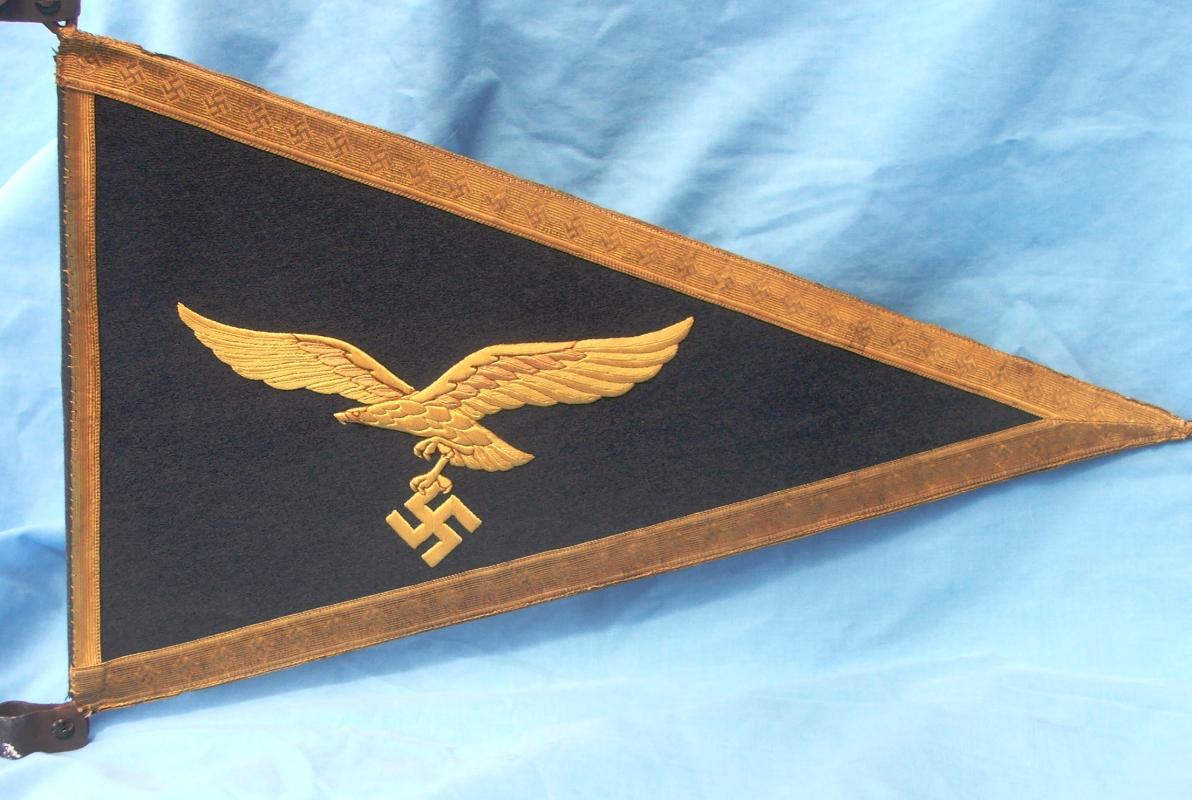
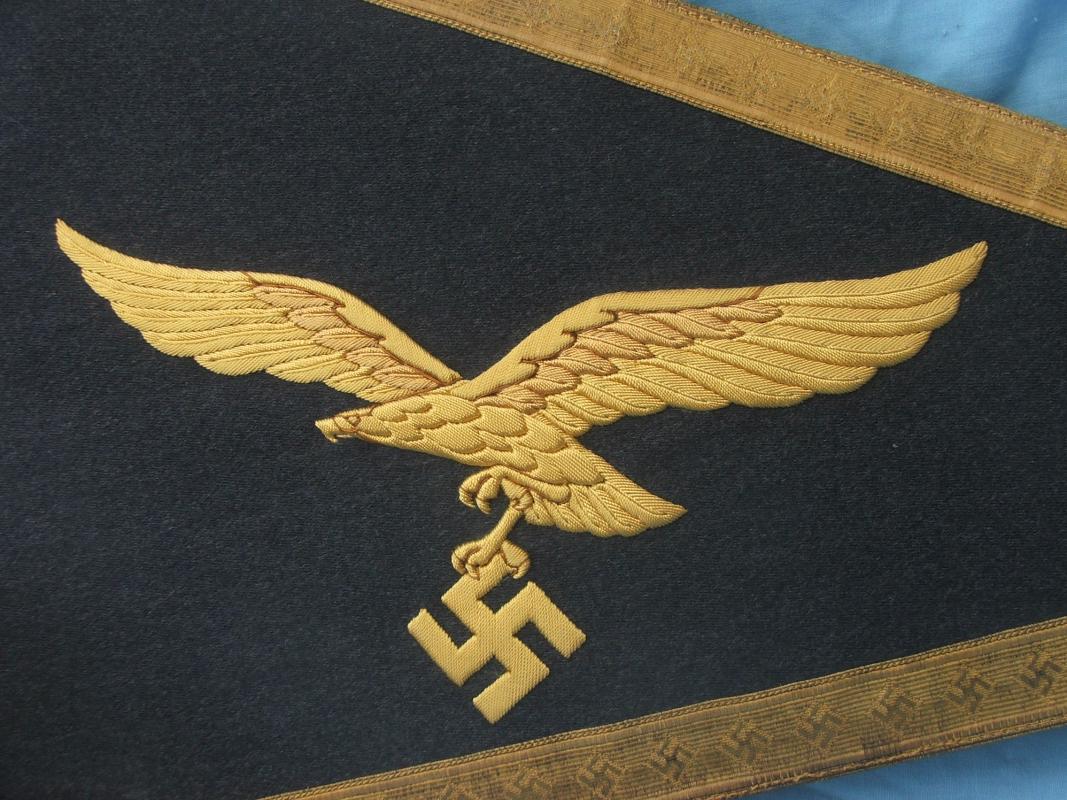
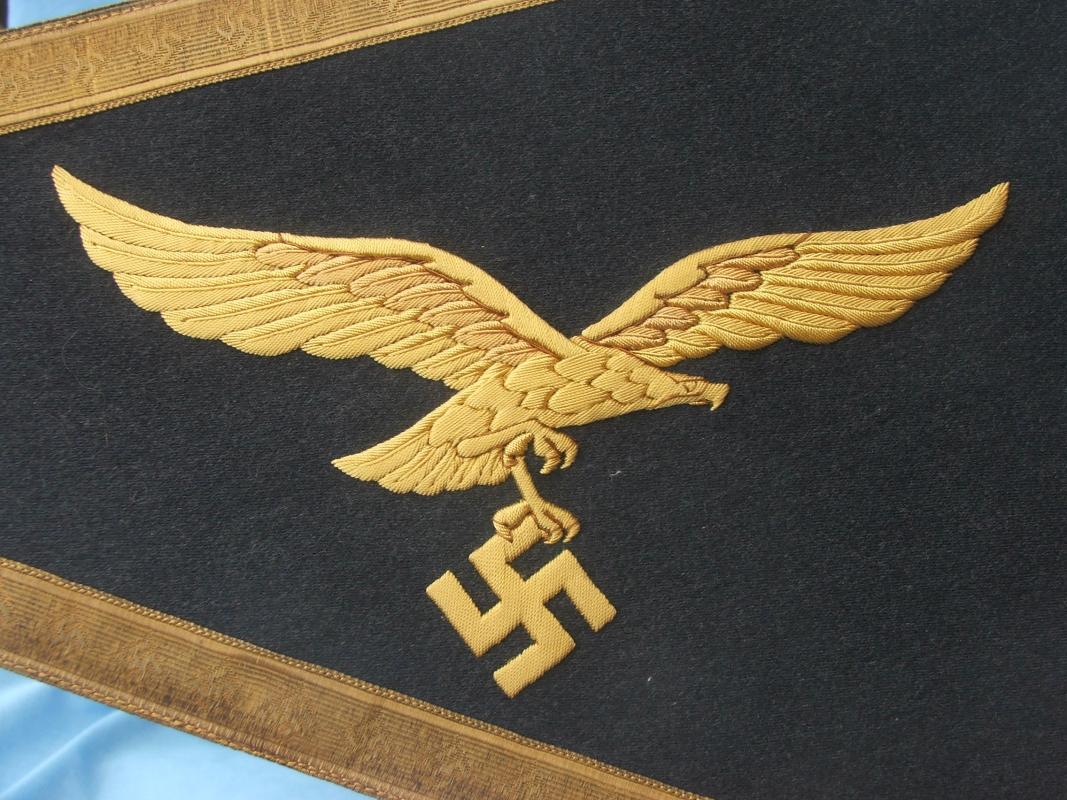 0
0 -
And a nice kettle drum skirt for flight section as well.....
Bob



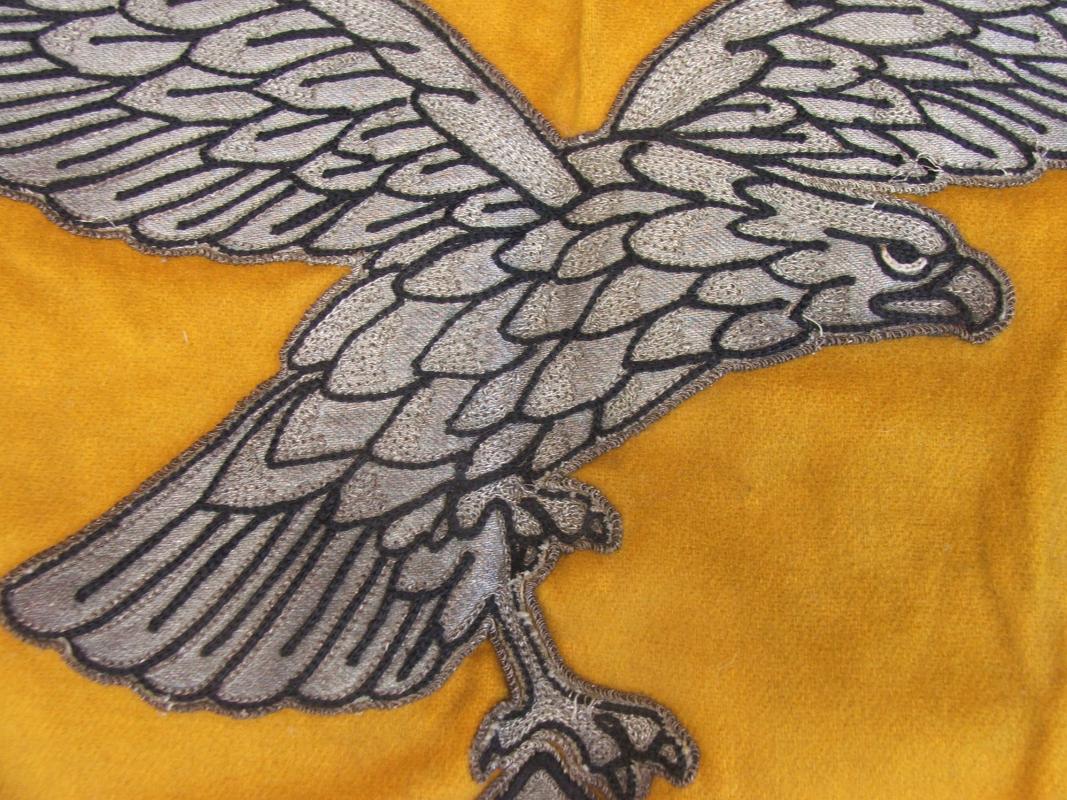

 0
0 -
I would lkke to present a nice flight trumpet banner for the city of Werl, where Field Marshal Albert Kesselring was
imprisoned postwar for war crimes. During the war there was a reasonable Luftwaffe presence there.....
Bob
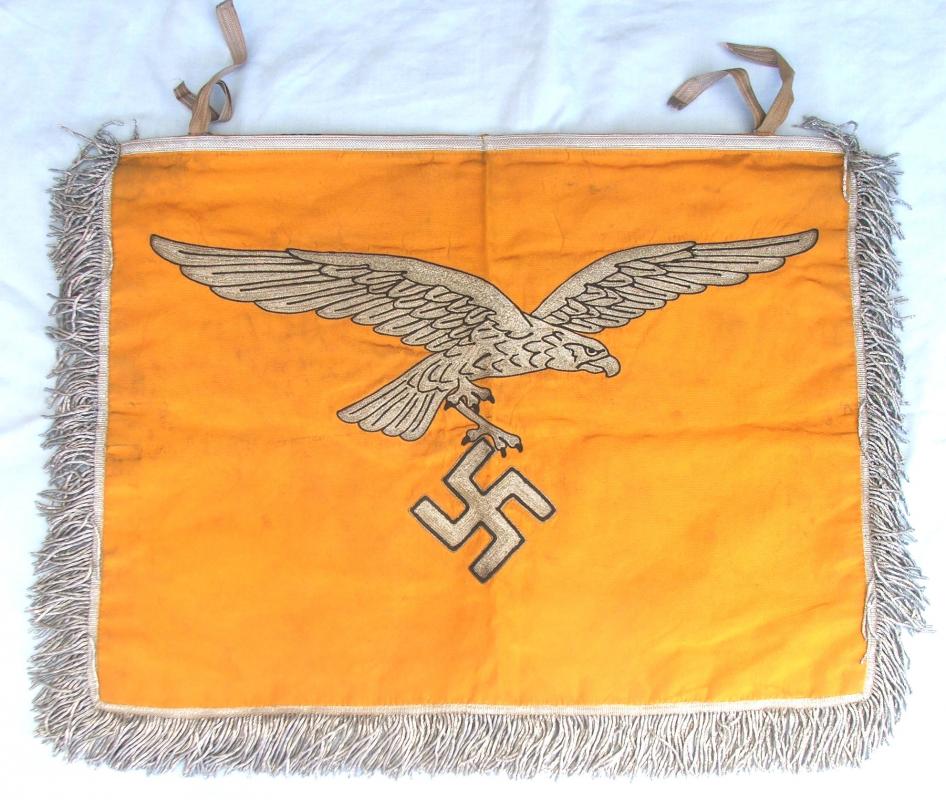
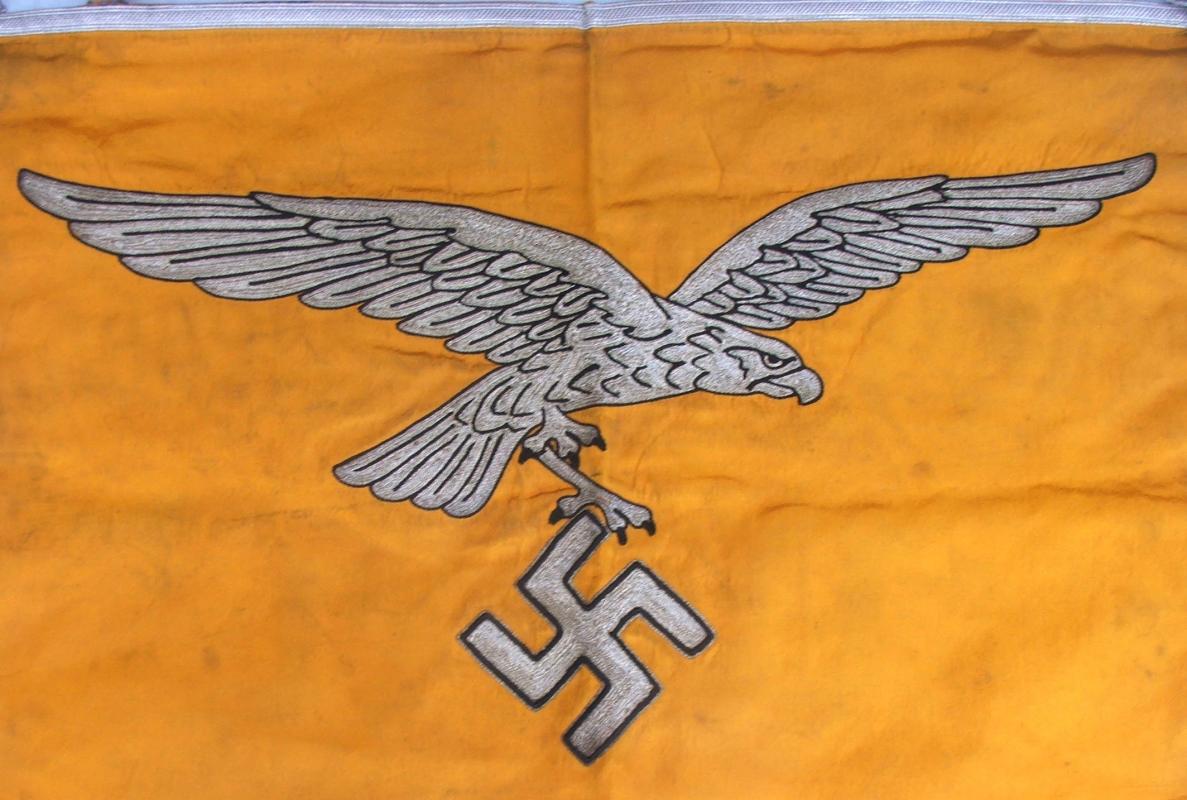

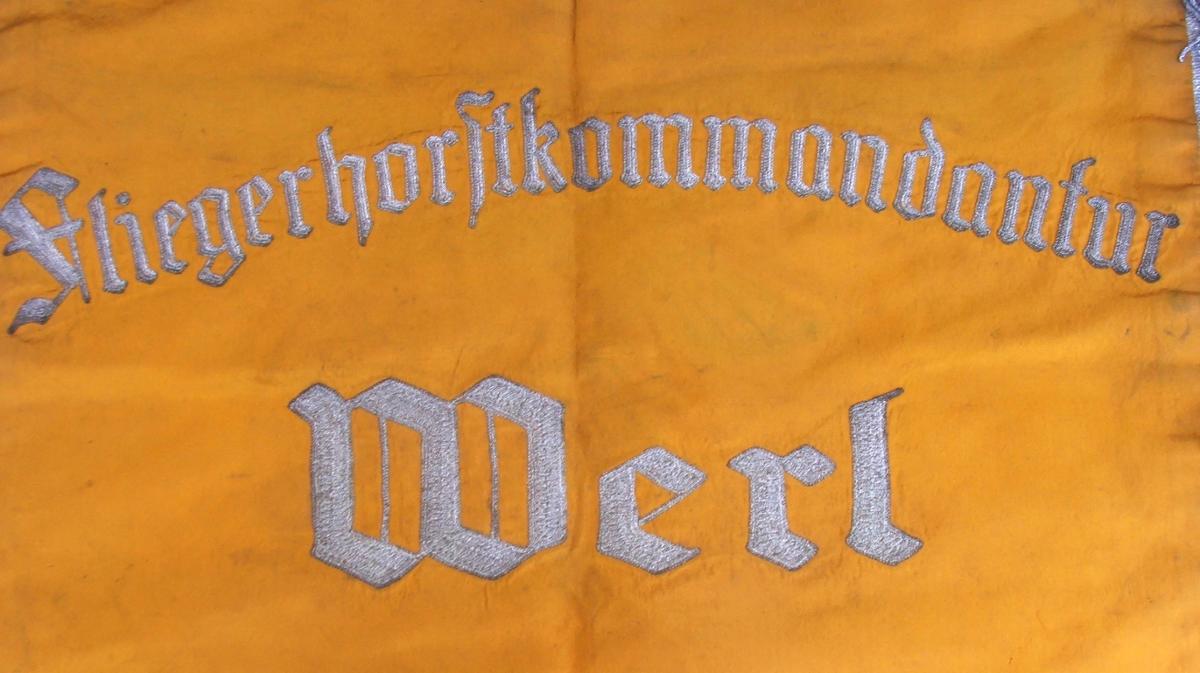
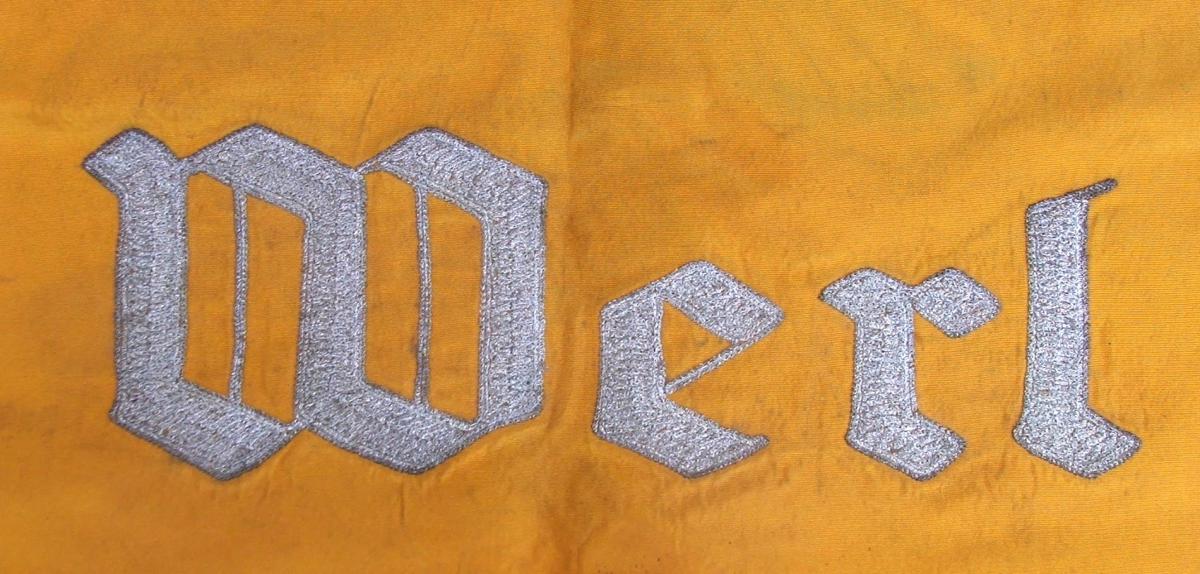
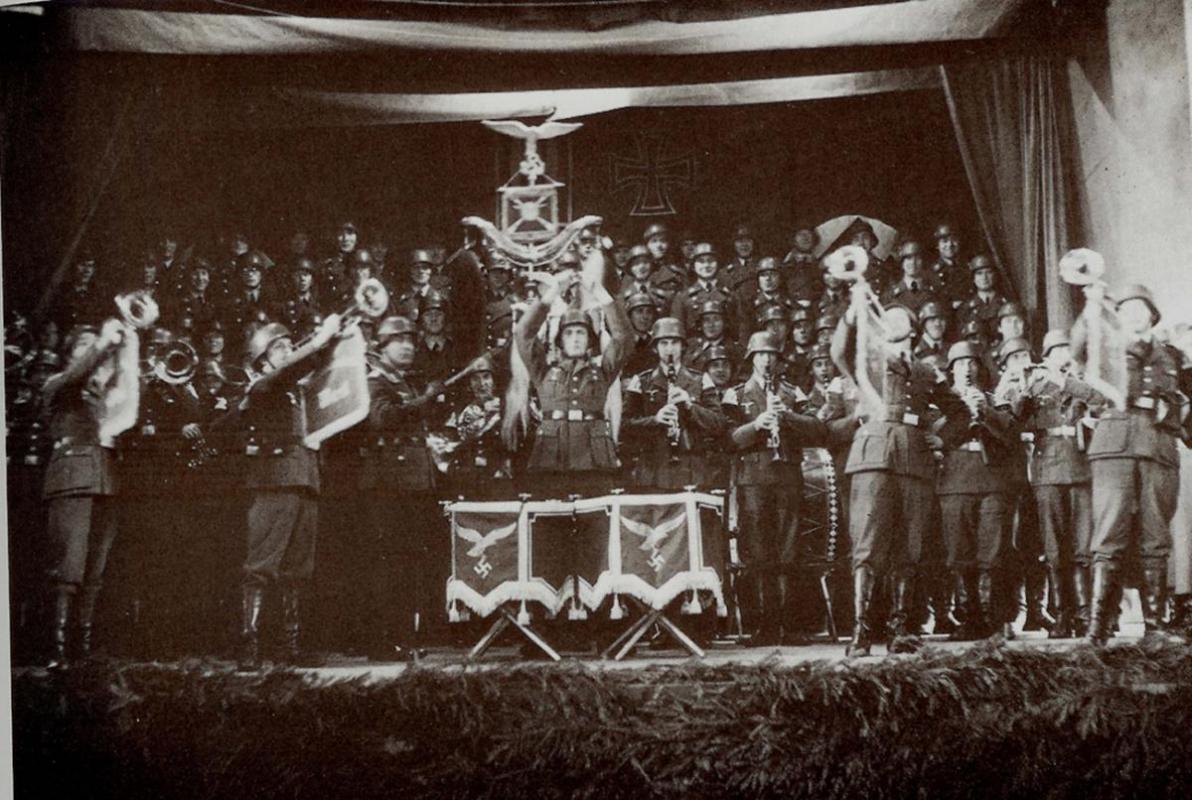 0
0 -
-
Hi all,
I thought I would share some photos of a fairly rare cloth cap. Thgis one is a standard Luftwaffe officer visor cap,
they are fairly hard to find with the trapezoid insignia, but this one is a rare one, in that it is a factory produced M43
cap, with full RB number. Normally these caps were privately produced.
Bob
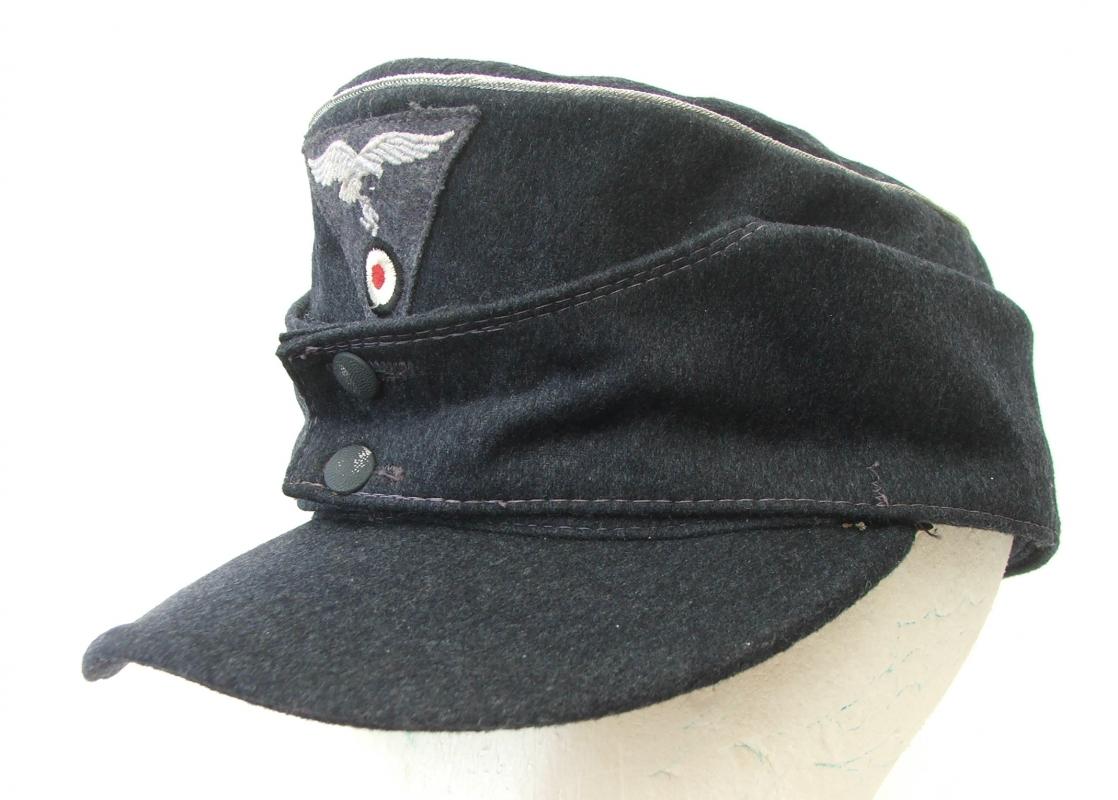
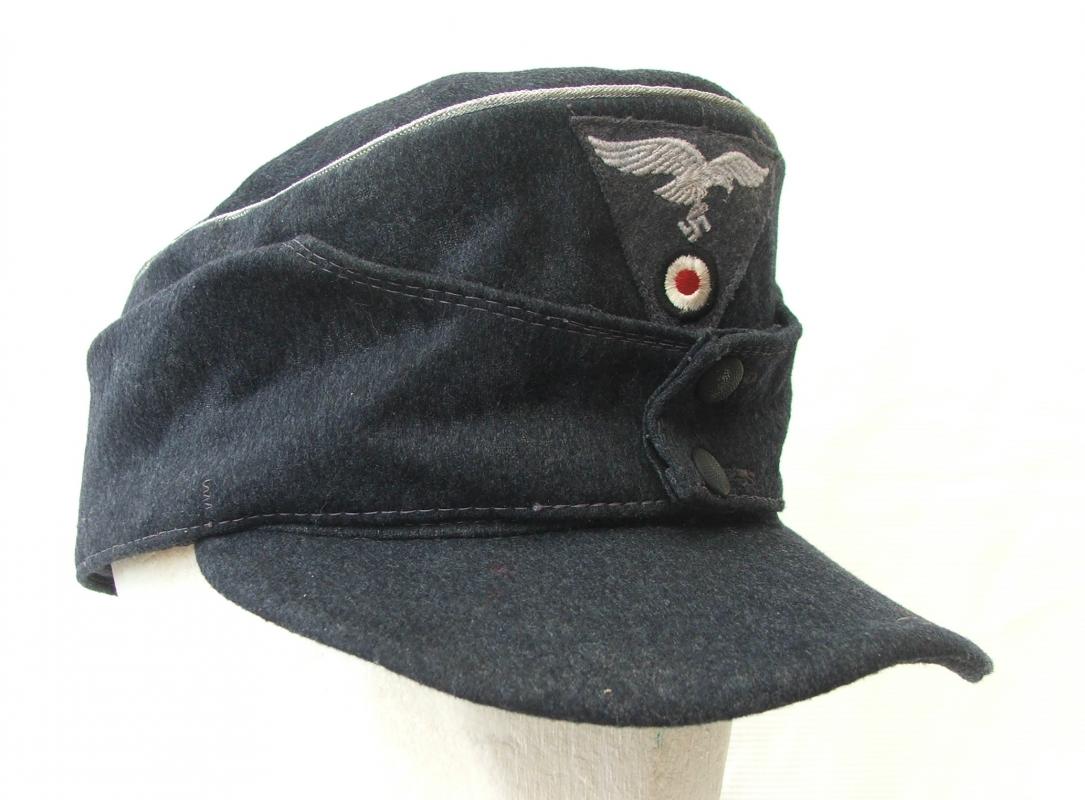

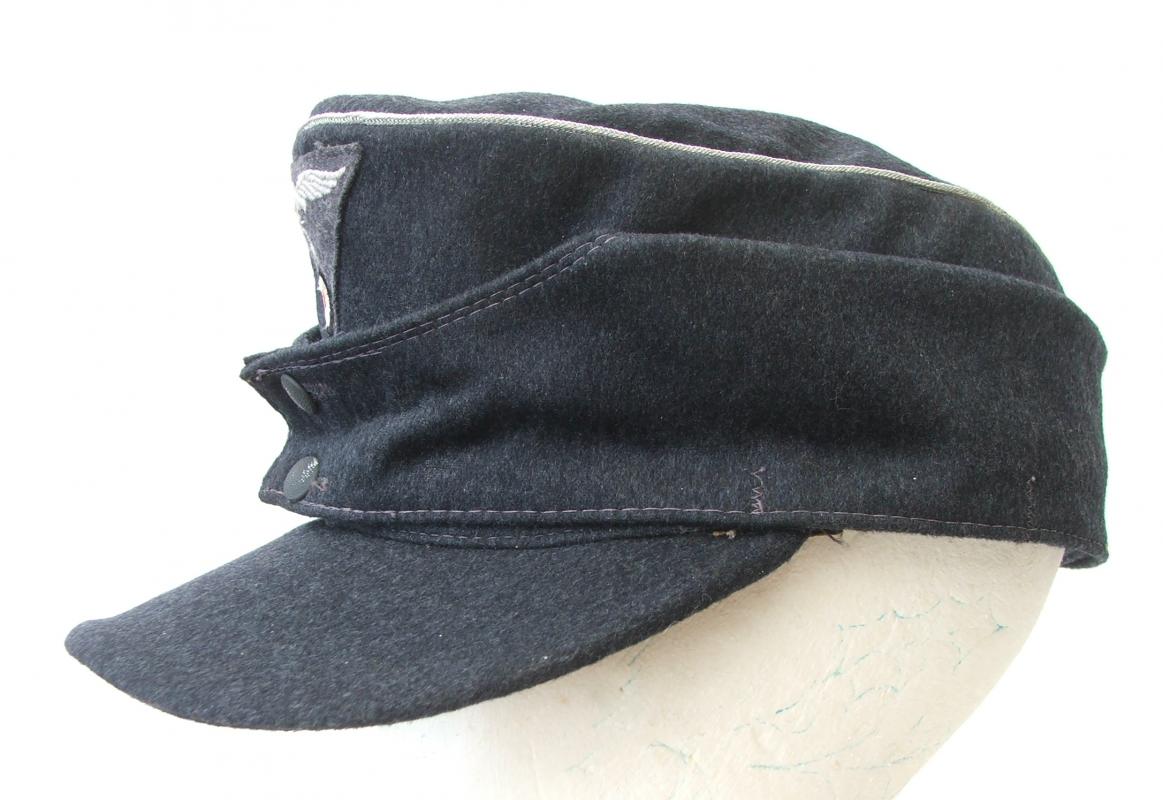
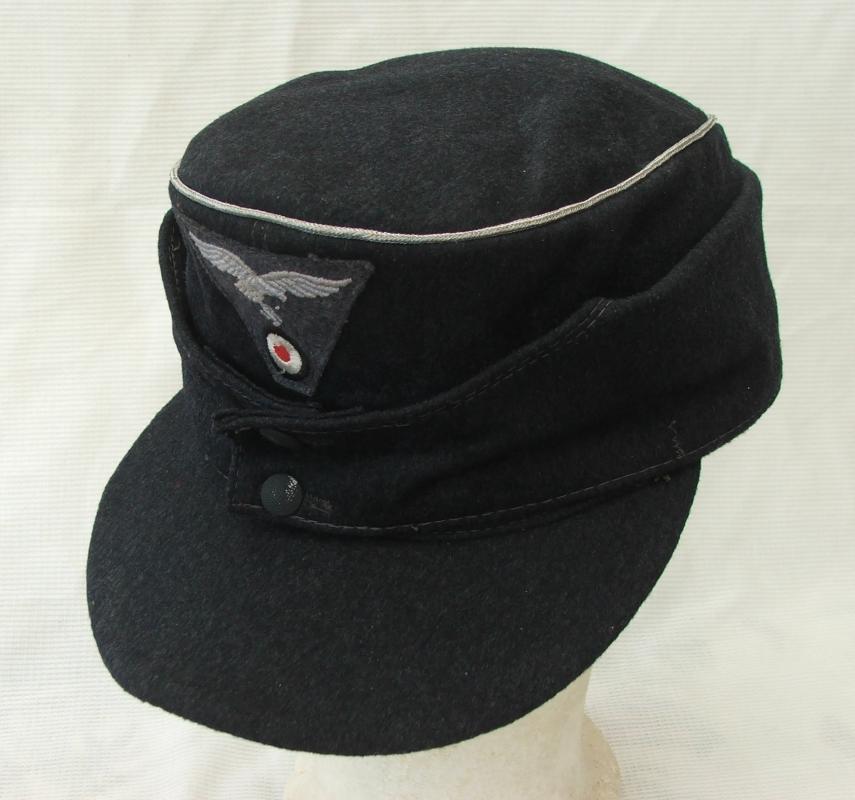
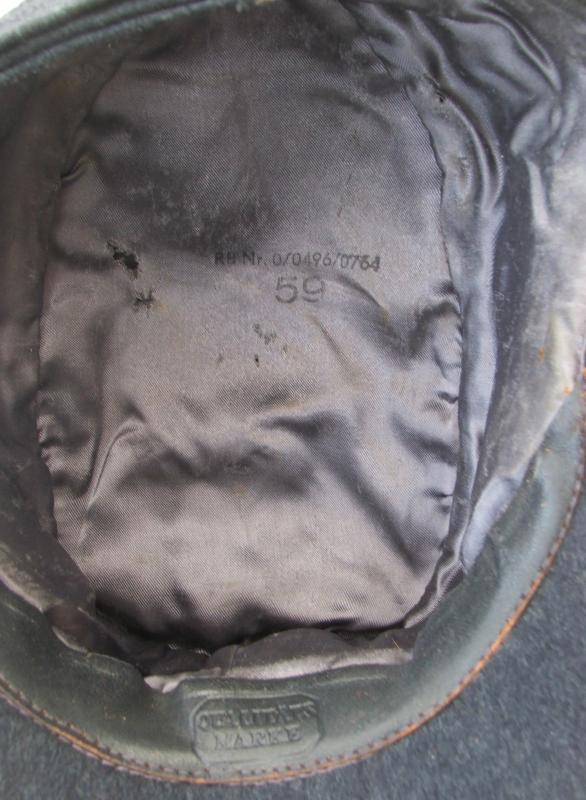
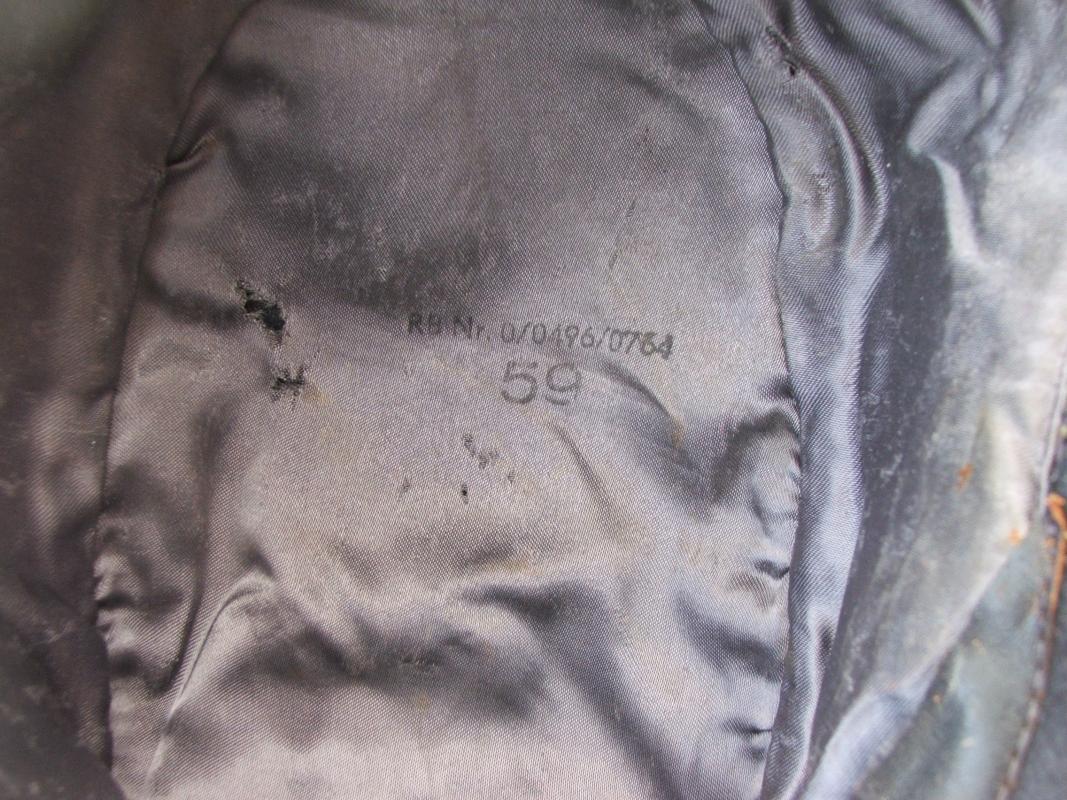 0
0 -
Hope this helps, from the internet...
Bob
The Australian Imperial Force (AIF) was the name given to all-volunteer Australian Army forces dispatched to fight overseas during World War I and World War II.
- First Australian Imperial Force (1914–18)
- Second Australian Imperial Force (1939–45)
Following the Federation of Australia in 1901, the Commonwealth Military Forces were formed with a small regular army and a larger component of reservists in the Citizens Military Force (CMF). The CMF could not be deployed overseas, so the AIFs were formed in 1914 and 1939 respectively to provide troops for overseas service.
The two AIFs are distinguished by referring to the World War I contingent as the "1st AIF", and the World War II contingent as the "2nd AIF". During World War I, the Australian Flying Corps, the precursor of the Royal Australian Air Force, was part of the 1st AIF.
Members of the First AIF went on to serve in the Allied intervention in the Russian Civil War from 1917 to 1920 and many Australian First World War Memorials are to the Great War of 1914 to 1919 in recognition of this service.
The modern regular Australian Army was established in 1947 and its soldiers can be deployed anywhere in the world. Theatres where they have served include Korea, Malaya, Indonesia, Vietnam, the Persian Gulf, various Pacific nations, Afghanistan and Iraq.
0 -
A nice shot of the flags in use during a parade....
Bob
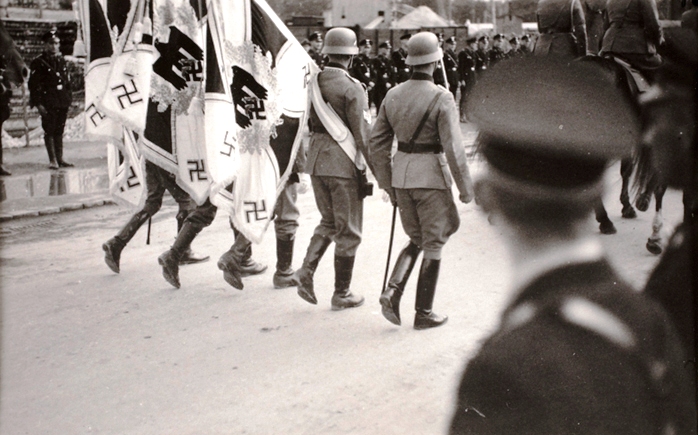 0
0 -
A current photo of some of the barracks still standing at Uetersen....
Bob
 0
0 -
Hi Chris,
It was once there, I believe the museum has re-located to Berlin, and from what I have heard, most of the items that were on display are
now stored away, and the museum is a shadow of what it was when it was at Uetersen.
Bob
Isnt Üterson where the Luftwaffe Museum is?
Fantastic piece!!
0 -
And a great contact in Germany (thanks to Frank Q) sent me these photos, also from Uetersen, showing the actual Schellenbaum
banner in use.....
Bob


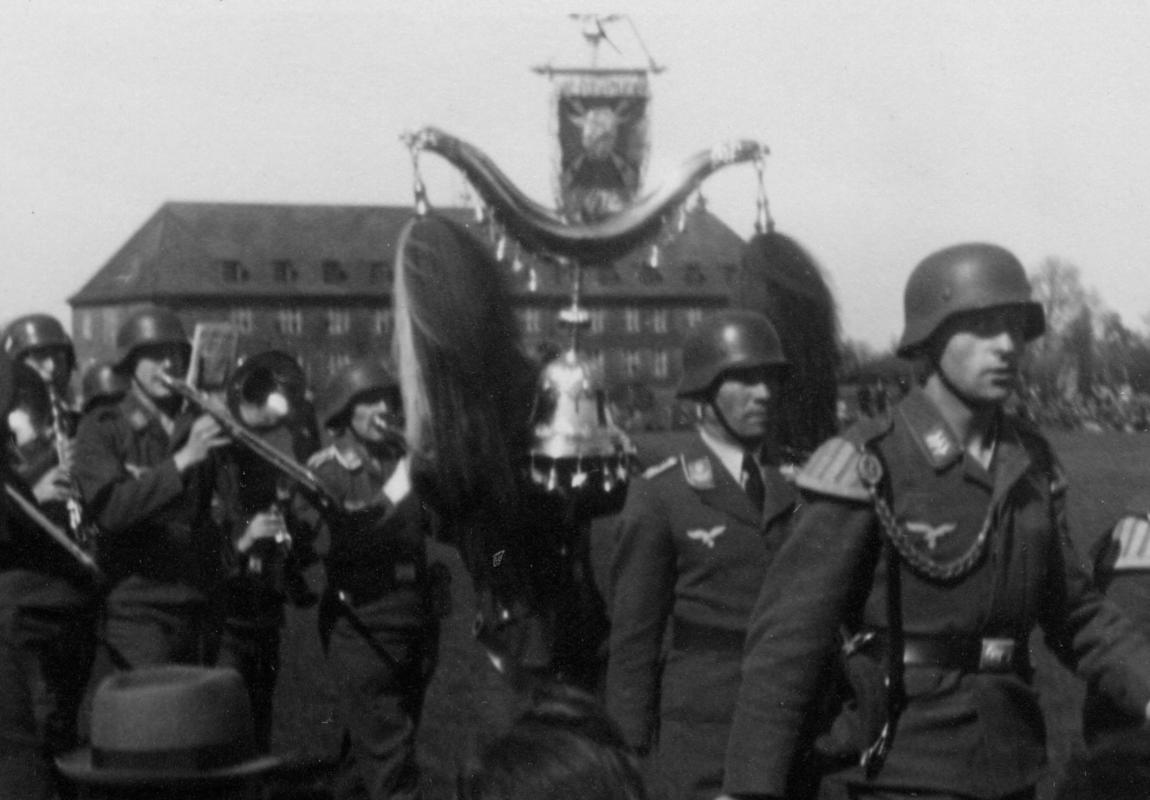 0
0 -
Hi all,
I posted this one up a little while back, and recently had some very nice photos shown to me of this very banner in use.
First up, some shots of the Schellenbaum banner again...
Bob
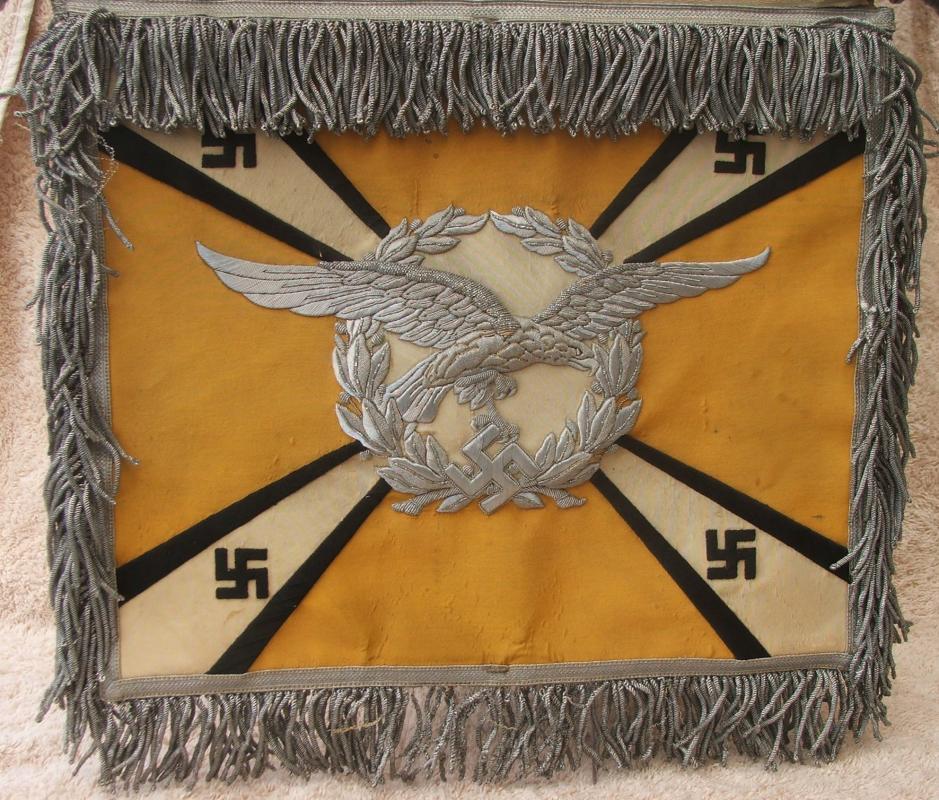
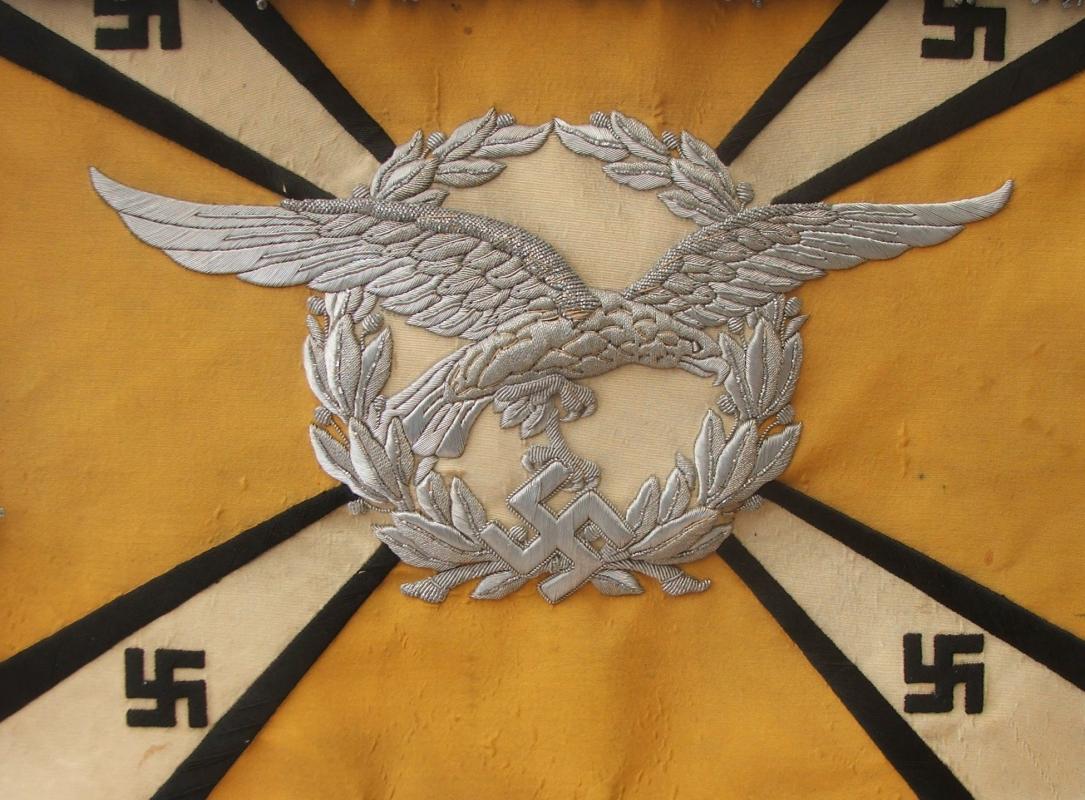
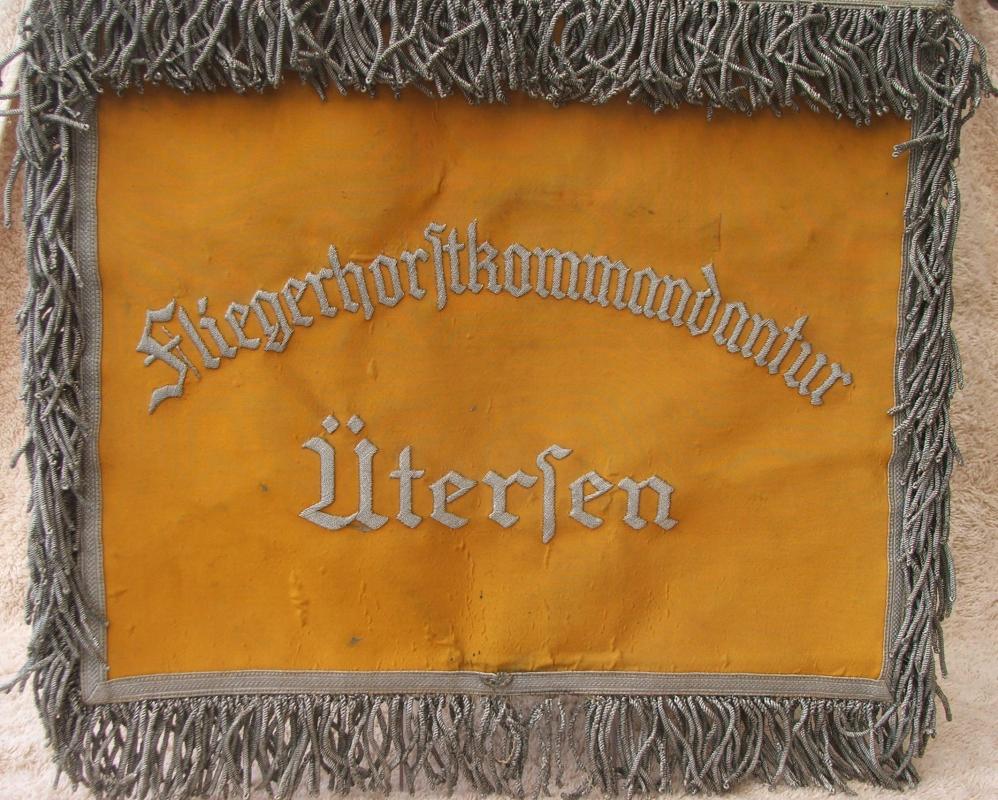
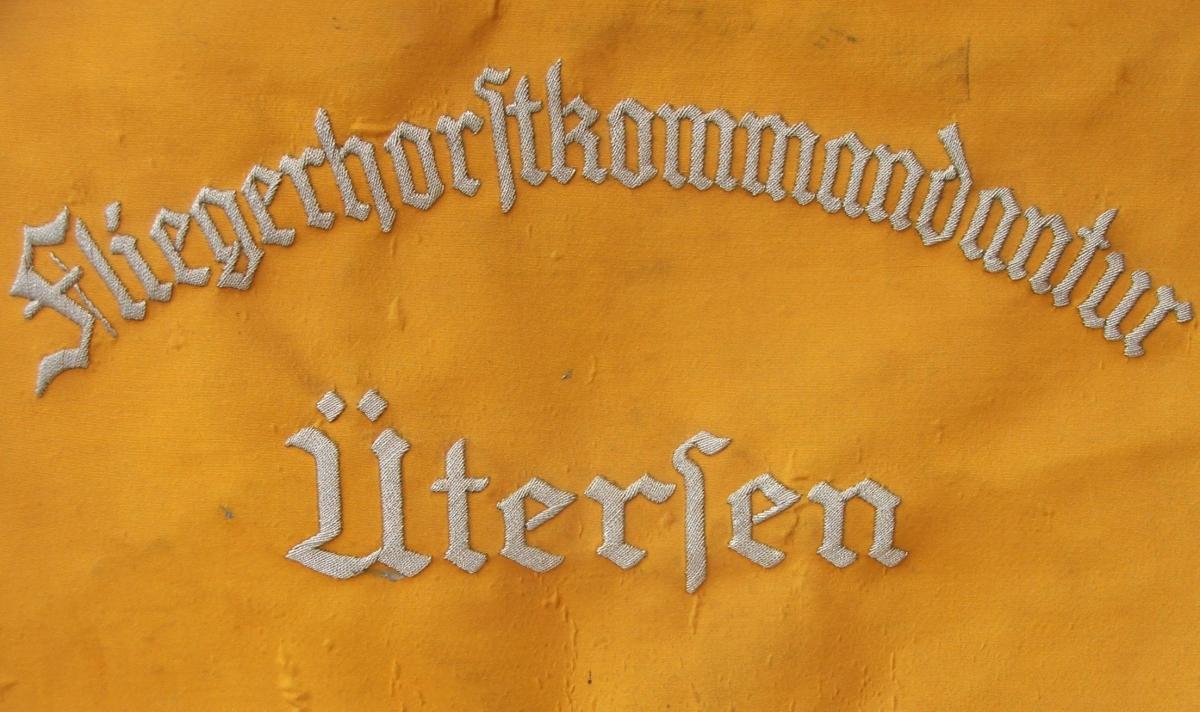 0
0 -
A couple more shots, the Kremlin display is a photo I found on the internet, and a nice shot of the victory parade.
Bob
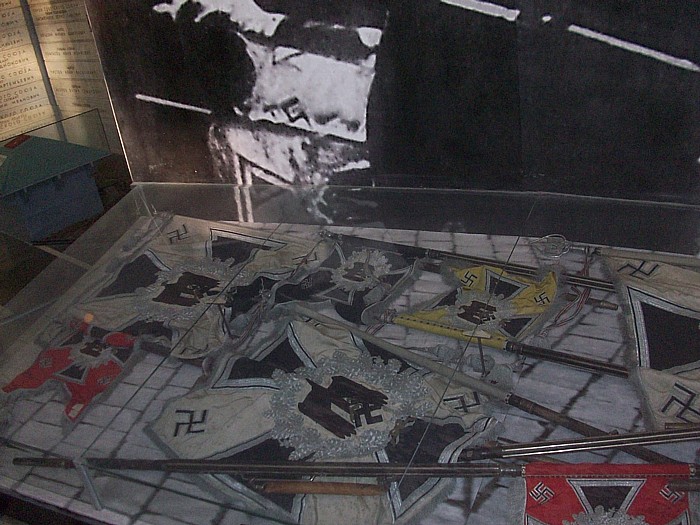
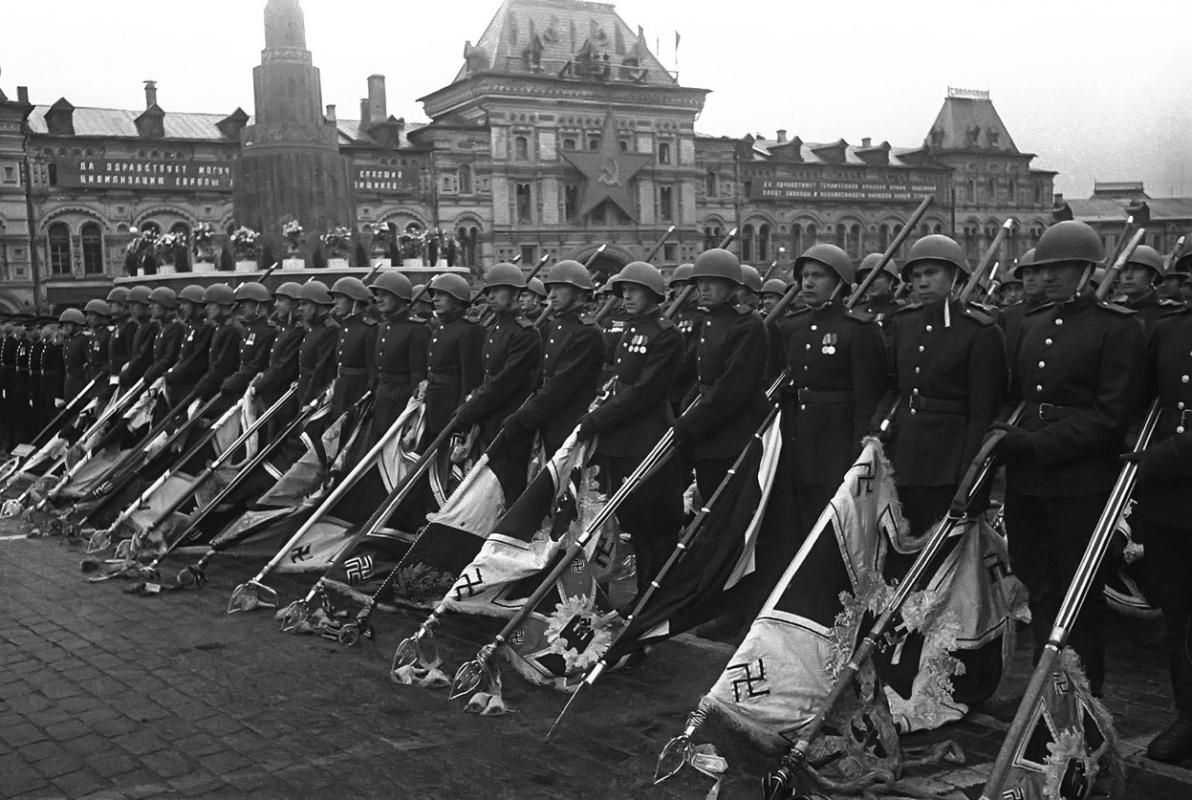
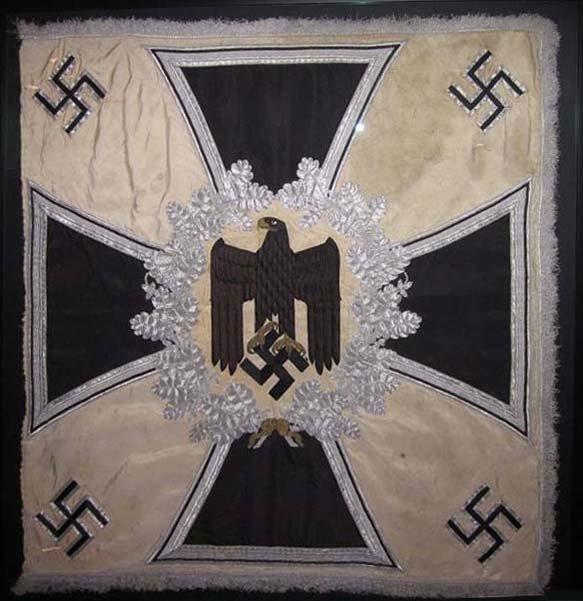 0
0 -
Hi all,
I managed to swing a deal recently and was able to introduce this Regimental Infantry flag to a corner of my collecting room.
This particular flag came out of Russia in 1989-90, and was one of a very few that were sold off by the Russians to fund some
renovations to their war museum in Moscow.
I believe about 200 flags were captured in 1945, including a lot of Imperial flags, and somwhere around 50 to 60 Infantry flags
were also amongst the haul. My example has been cut from the pole, it has some stains, a couple of small tears, but to me
it tells a story. I don't know the unit, as the info from the unit would have been with the pole, and that has been lost to time.
I have heard that these flags took around 3 to 4 months of work to complete. Background is pure silk with bullion and heavy
cotton embroidery.
Any extra information on the flags caputred by the Russians greatly appreciated.
Best wishes
Bob
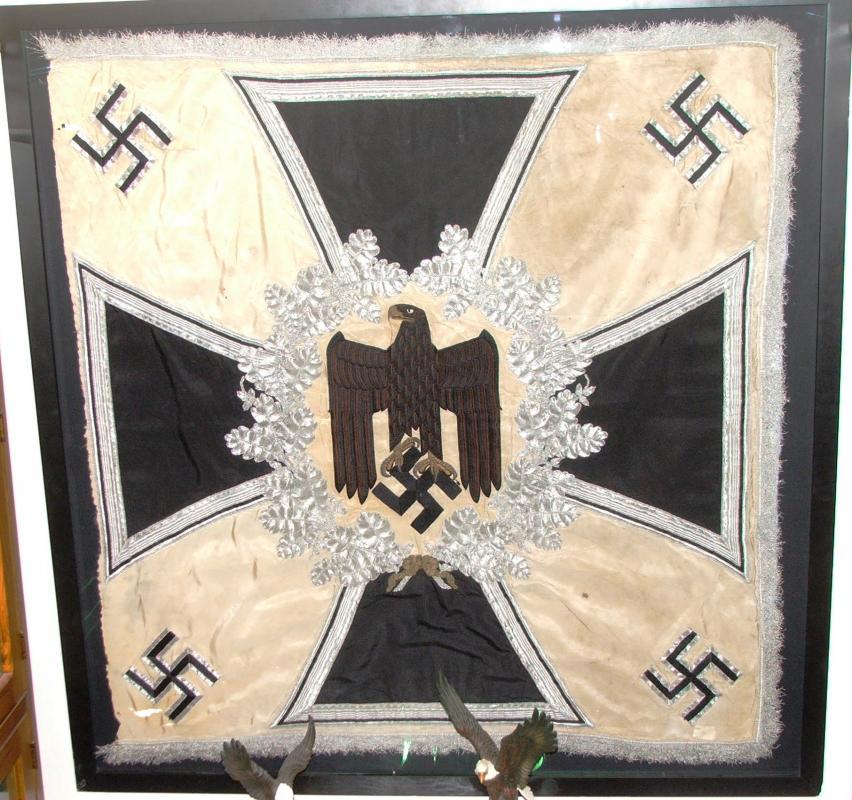
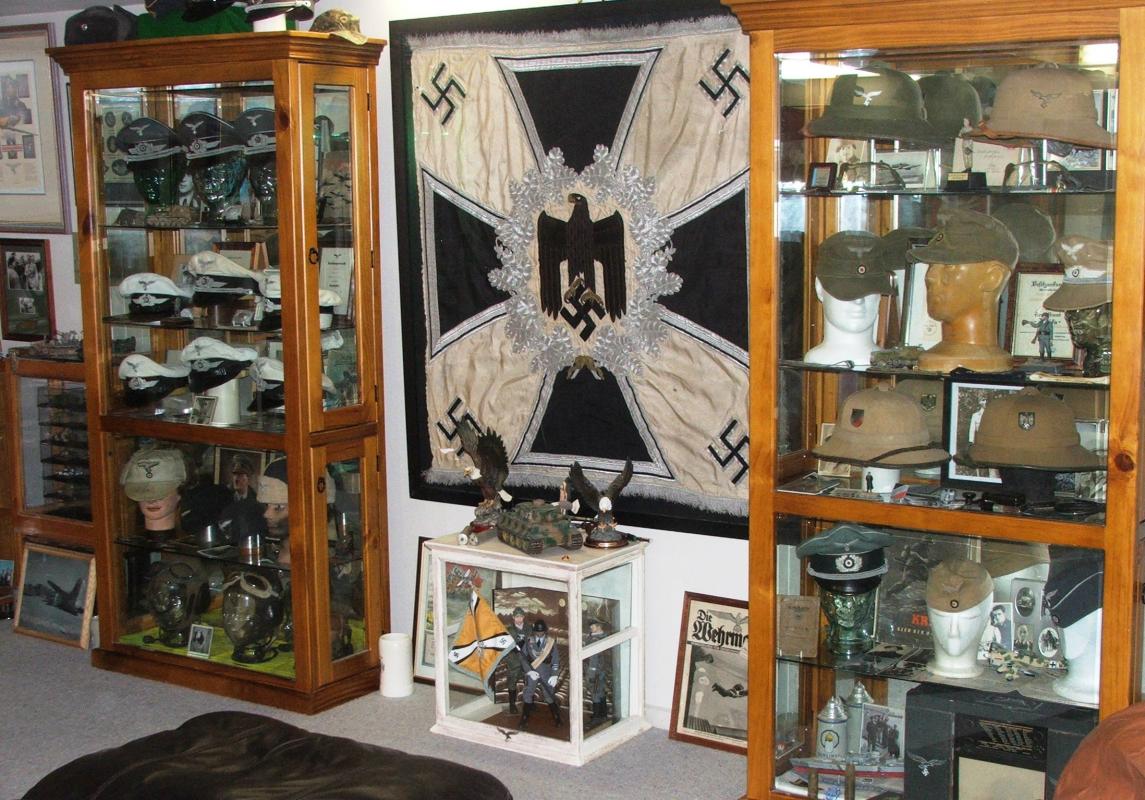
 0
0 -
Always a pleasure to see your magnificent collection Justin, superb stuff !
Bob
0 -
I am guessing that it is Fliegerkorps ???
0 -
Very interesting Paul, yeah a shame you never scored the tabs. Ah well, the search continues.....

Bob
0 -
Very nice, and very rare Paul, were the flight leaders all 'officer' grades, or did NCO's exist as well ??
Bob
0 -
Hi Renmore,
Your helmet is a Model 1935 pattern Heer (Army) double decal helmet, the finish looks a bit dark with your photos, and probably aged down a bit, but would have started out as
a lighter green coloured helmet (collectors call it an apple green finish). The maker mark will be found stamped inside the rim of the helmet as well as the batch number at the rear
inside flange of the helmet (3648).
Bob
0 -
Paul,
Regarding the rose-pink piping of Engineer's, another possibility perhaps,:
Jason A, pointed out page 126 of Angolia's Volume 2 of the Luftwaffe series, and the Rose-Pink Piping for my Luftwaffe Other Ranks/NCO visor cap as a possibility.
The article doesn't mention if some NCO's remained in that rank after being accepted for the elevated career Or if they all became officers after acceptance.
The article is as follows:-
F. Flying Leaders Corps:
A special branch termed "Flying Leaders" (Flugfuehrer) - also known as "Flying Leaders Corps" (Flugfuehrerkorps) Or "Pilot's Corps" (Flugzeugfuehrerkorps - was constituted in the spring of 1940. By order (LV 40, No. 1152) dated
5 September 1940 the conditions of acceptance were published. Only NCO's after their 10th year of service were accepted who had held a pilot's licence for at least four years. There was only the elevated career. These experienced pilots were utilized on very specialized fields, e.g. as flight instructors, test pilots, controlling pilots at aircraft plants, on weather reconnaissance flights, etc.
The dark green branch colour and golden-yellow secondary colour was introduced by order (LV 40 No. 569) dated 10 May 1940.
Uniform and rank insignia were those of the other officials of the elevated career, to include tri-angular pips on the collar patches. The backing of the shoulder boards were dark green and golden-yellow above. The order determined the titles as follows:
Flugfuehrer - Leutnant
Oberflugfuehrer - Oberleutnant
Hauptflugfuehrer - Hauptmann
Stabsflugfuehrer, Stabsflugfuehrer 1 Klasse - Major.
By order (LV 41, No. 1562) dated 8 October 1941 the branch colouir was altered to pink. The golden yellow secondary colour was retained. The pink collar patches were now with propellers in lieu of pips (of the pattern of the Corps of Engineers).
Bob
0 -
Thank you Scott.
There was at least one RK winner from the unit too :-
Fischer Michael Luftwaffe Oberleutnant 1./Flak-Regiment 14
Bob
0 -
Thanks Paul,
I found a bit more info regarding the Regiment....
Bob
1.Flak-regiment 14 Ludenscheid.
Formed 01-10-1936 with 5 batteries in Lüdenscheid .
In May 1940 the unit took part in the western campaign and supported the XI Army Corps.
In April 1941 the unit was under the staff of the 201 Flak-Regiment in the Balkans.
June 1941, the unit took part in the Russian campaign.
In July 1942 the unit was at Sevastopol (Ukraine)and September 1942 in northern Russia in the sixth Flak-Division.
In March 1943, the Division moved to France in Toulon with the 18 Flak-Regiment in the 13 Flak-Division.
From March 1944 the unit was under the staff of the 85 Flak-Regiment from the 5th Flak-Brigade.
In August 1944 the unit moved to southern France (Tarascon) under the staff of the 18 Flak-Regiment.
In September 1944 they entered the 5th air district under the 13 Flak-Division.
In 1945 the unit moved to the Elsass- and Upper Rhine area.
0 -
A few more photos.....
Bob
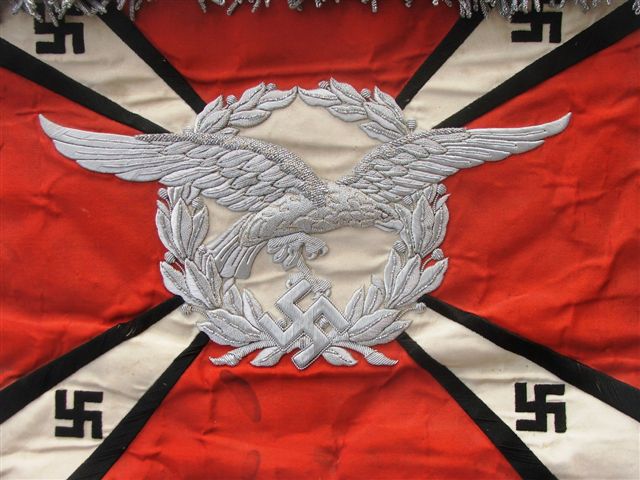
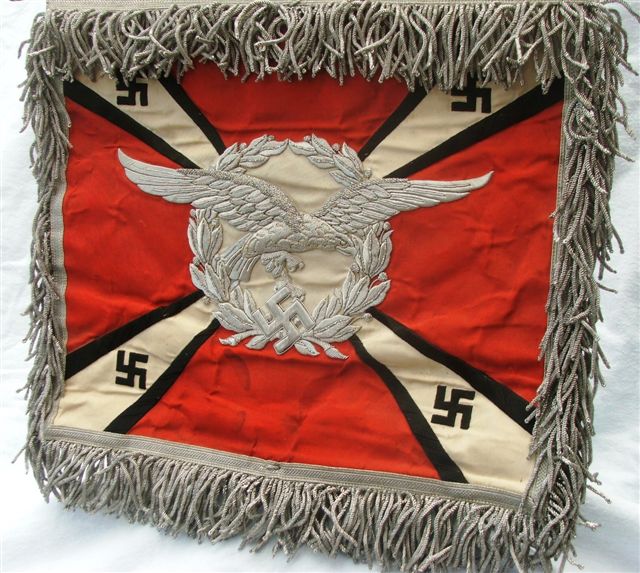
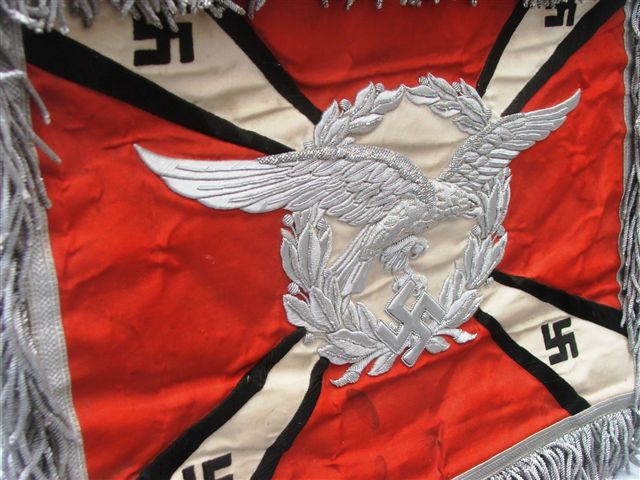
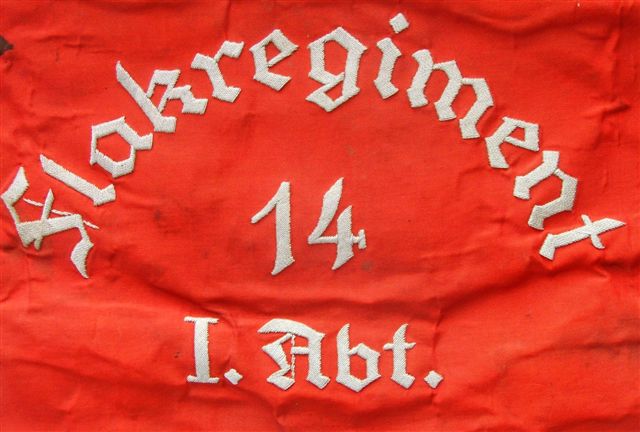 0
0 -
Hi all,
I am chasing any information that pertains to I./Flak Regiment 14, so I can add a bit more history to my Schellenbaum banner,
I have this from a 'Google' search:-
I./Flak-Regiment 14 (gem. mot.):
Formed 1.10.36 in Lüdenscheid with 1. - 5. Batterien.Service:- 10.35 - 2.38 under Höh.Kdr.d.Flakart. in Luftkreis III
- 2.38 - 7.38 under
- 7.38 - 8.39 under
- 1939/40 inand
- 5.40 in France, supporting XI. Armeekorps
- 4.41 in the Balkans (Stab/)
- 6.41 Koluft 11th Armee (Stab/)
- 6.41 - 9.42 in Southern Russia (7.42 at Sevastopol)
- 9.42 in Northern Russia (Duderholf) under(Stab/)
- 3.43(?) to France
- 6.43 in Le Creusot
- 1.11.43 in Toulon under(Stab/)
- 1.1.44 under(Stab/)
- 1.2.44 under( Stab/)
- 1.3.44 in Tarascon under(Stab/)
- 1.4.44 under(Stab/)
- 1.5.44 under(Stab/)
- 1.6.44 under(Stab/)
- 1.7.44 under(Stab/)
- 1.8.44 under(Stab/)
- 8.44 withdrawal from Southern France, under Stab/
- 1.9.44 inunder(Stab/)
- 1.10.44 under(Stab/)
- 1.11.44 under(Stab/(mot.))
- 1.12.44 under(Stab/(mot.))
- 1944/45 Oberrhein under(Stab/)
Thanks, some photos of the banner to follow...
Bob
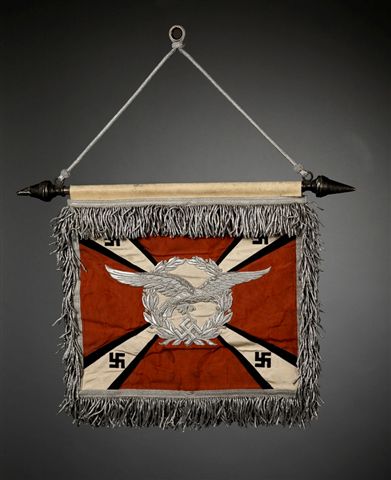
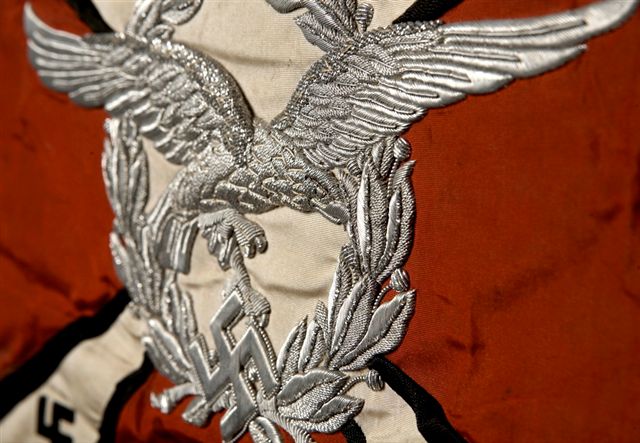
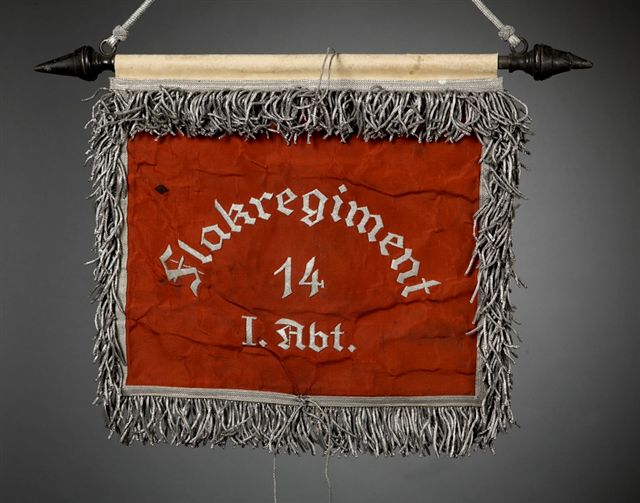
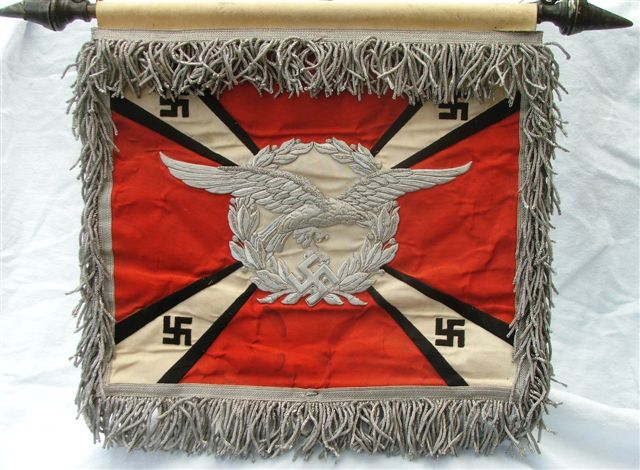 0
0




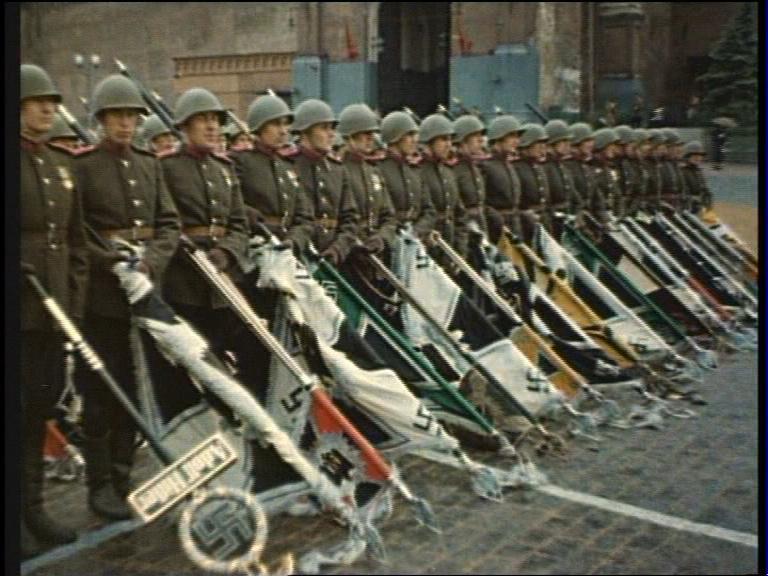
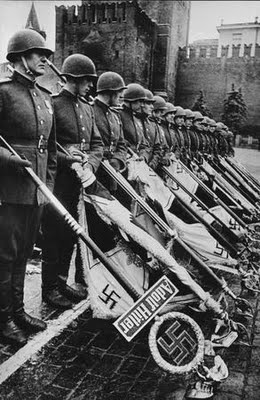
Luftwaffe M43 Officer cap with trapezoid insignia
in Germany: Third Reich: Uniforms, Headwear, Insignia & Equipment
Posted
Hi Paul,
No, factory made as an officer M43 cap, which is what makes it rare.
Bob